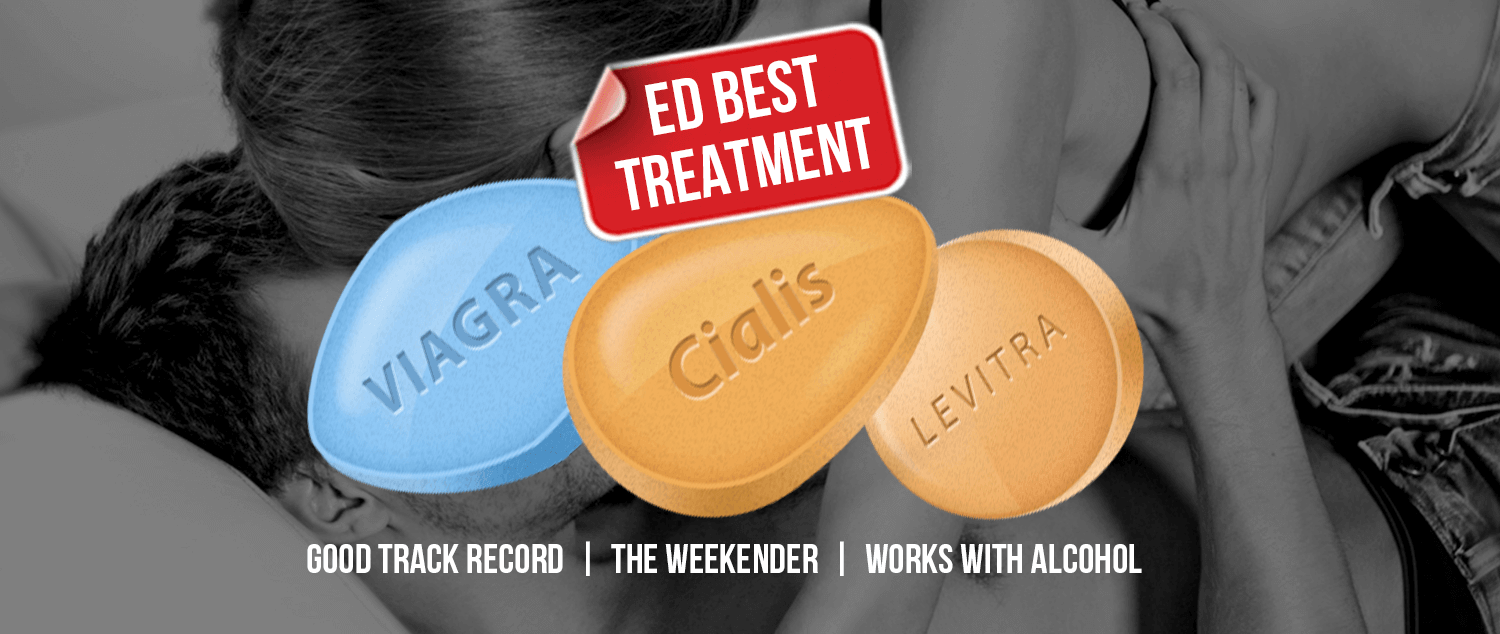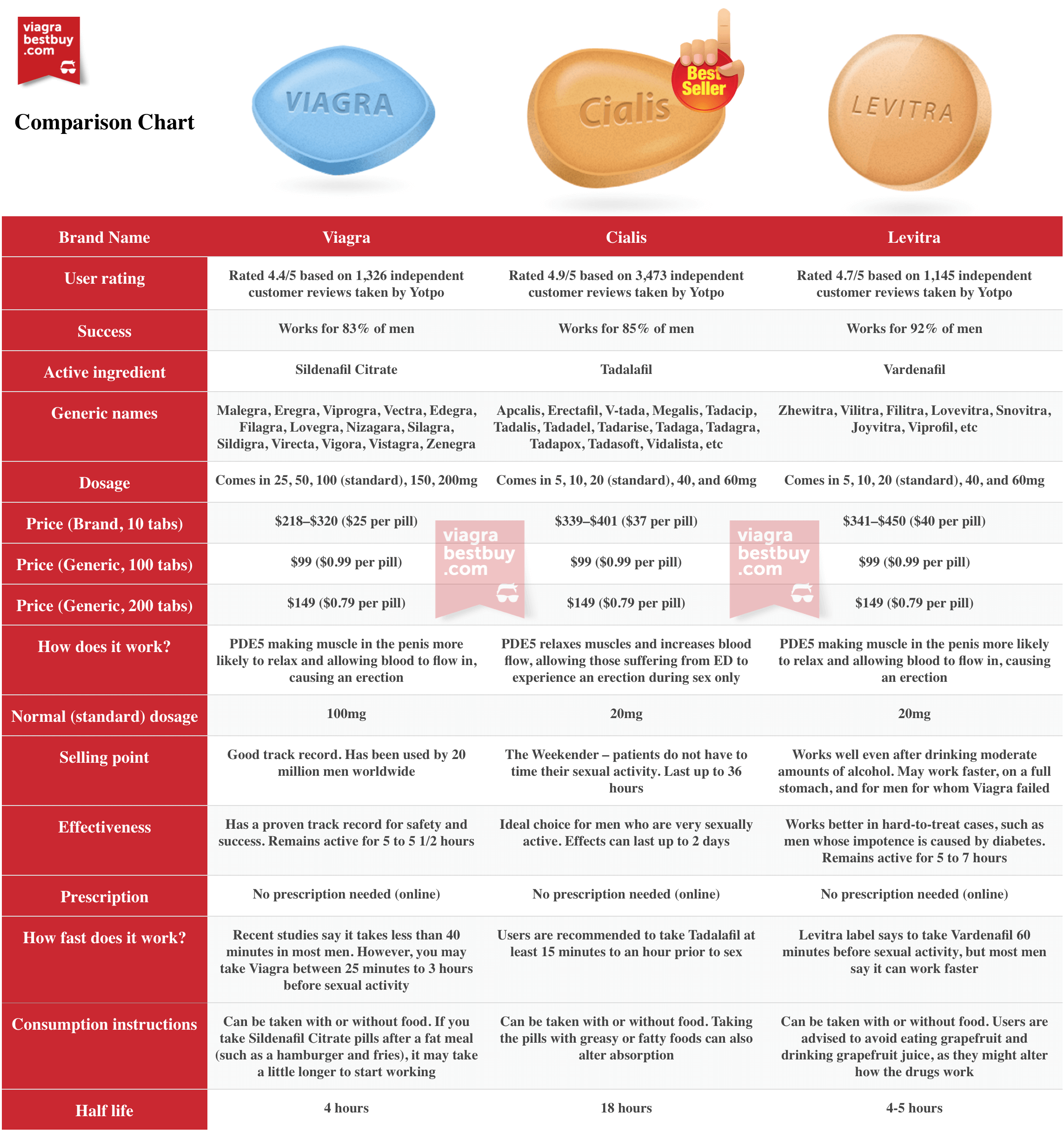Erectile Dysfunction Best Treatment – What’s the Best Solution?
Sufferers from ED will know how erectile dysfunction ends up colouring other aspects of their lives. It’s not a matter of not wanting sex, it’s a case of not being able to achieve a good, lasting erection. That doesn’t just affect the man in question’s confidence, it also affects his partner.
The partners of those with ED, apart from experiencing sexual frustration, find themselves feeling as if it’s all their fault: they’re not attractive enough, they’re not managing to turn their man on. This is simply not true, but the end result of ED is relationships that lack intimacy. Just embarking on sex can be nerve-wracking for the sufferer and his partner and this just aggravates the situation making it even more difficult to achieve and sustain an erection.
PDE5 Inhibitors
In 1989, scientists at pharmaceutical company Pfizer’s laboratories noticed an interesting side effect of a medication they were testing to reduce blood pressure. The chemical they were working with was the PDE5 inhibitor known as Sildenafil. Test subjects reported that they were achieving more and better erections while taking the trial medication.
The rest, as they say, is history. Sildenafil went through the full trialling and registration process as a drug for erectile dysfunction and was finally approved by the FDA and launched under the brand name Viagra in 1998. Within a few weeks 40 000 Viagra prescriptions had been filled by US pharmacies.
Viagra and Beyond
The pharmaceutical industry is a highly competitive one and the success of Viagra prompted extensive research by various firm who hoped to find PDE5 inhibitors that would have a similar effect to Sildenafil. This led to the approval and launch of Vardenafil and Tadalafil under the trade names Levitra and Cialis during subsequent years.
Although all these medications are PDE5 inhibitors, their action varies. In short, Cialis offers the longest lasting effect and can remain effective for up to three days whilst the older variants do not have as durable after-effects. However, Levitra and Viagra still have staunch adherents. After all, different things work for different people.
Erectile Dysfunction Best Treatment – Which One Will Work for You?
In scientific trials, doctors found that although a patient may not respond to one PDE5 inhibitor, he may respond very well to another PDE5 inhibitor. So even if Viagra doesn’t work for you, it is possible that Levitra or Cialis may be effective. Unfortunately it is not possible to determine in advance which medication is most likely to work in a specific patient, so a trail and error approach is adopted in order to determine which active ingredient: Sildenafil, Vardenafil or Tadalafil will produce the best results. But the most popular choice is Cialis, thereafter Viagra and Levitra.
Doctors caution that a PDE5 inhibitor should not be seen as ineffective simply because it did not work the first or second time around. They recommend that patients who do not achieve immediate results increase their dose to the maximum and allow for at least 8 attempts using one of the PFE5 inhibitors before progressing to a different medication.
Side Effects
Because the different PDE5 inhibitors react differently depending on the patient’s body chemistry, experiencing side-effects with one PDE5 inhibitor does not mean that the same side effects will be experienced with another. Once again, a trial and error approach must be adopted. Fortunately the side effects of these medications are generally not severe when they are used by healthy individuals. In general, headaches, sinus congestion, flushing and feelings of heat and upset stomach are the most commonly experienced side effects. Most patients experience no side effects at all. In rare cases, PDE5 inhibitors can cause visual disturbance while lower back pain has been linked to the use of tadalafil. If visual disturbances are experienced, patients should immediately see a doctor and discontinue their use of PDE5 inhibitors. Sudden hearing loss in one ear has also been experienced in very rare cases. During the clinical trialling process 1 – 2 % of patients experienced side-effects that caused them to leave the trial.
- Approximately 8% of patients experience headaches;
- 7% of patients report feelings of heat and flushed skin;
- Upset stomach was reported in 5% of cases;
- 2% of PDE5 patients sustained urinary tract infections;
- Vision problems were experienced by 4% of patients;
- The incidence of Diarrhoea was likewise 3%;
- 2% of PDE5 inhibitor users reported feelings of dizziness;
- 2% found that they developed a skin rash when using the medications.
Contra-Indications
Patients suffering from cardiovascular disease should consult their doctors and be cautious regarding the use of PDE5 inhibitors. In certain cases, cardiac patients are able to use PDE5 inhibitors, but close medical supervision and evaluation of current medications should be conducted prior to attempting the use of PDE5 inhibitors. The use of Nitrate-based drugs should be discontinued under medical supervision before embarking on the use of erectile dysfunction drugs.
Those with low blood pressure should avoid the use of PDE5 inhibitors. However, a study showed that tadalafil did not cause blood pressure to drop in patients with hypotension (low blood pressure). If you are suffering from any serious health condition that requires the use of medications, you should consult your doctor before using PDE5 inhibitors in order to ensure that no harmful interactions take place between PDE5 inhibitors and prescription medication.
Which PDE5 Inhibitor Is Preferred by Patients?
An early study that claimed a high patient preference for tadalafil was discounted owing to flawed research methodology. However, in a subsequent study, 75% of patients preferred Tadalafil (Cialis). In this double-blind study, patients did not know which PDE5 inhibitor they were using. A later test in which patients were informed as to which medication they were using produced a 90.5% preference rating for Tadalafil. For most men this is erectile dysfunction best treatment.
Although this might seem fairly conclusive, less than 200 patients were involved in these trials and a further study involving over 400 patients produced an inconclusive result, with no real preference for one PDE5 inhibitor over another.
Analysis of UK prescription data produced interesting results. Those who began with sildenafil were less likely to change to another PDE5 inhibitor than those who began with Vardenafil or Tadalafil. The latter group were four times as likely to change to another PDE5 inhibitor.
As a result of further research methodology critiques and conflicting research results, doctors subscribe to the opinion that none of these studies is conclusive and that the patient should try various PDE5 inhibitors and select the treatment that suits his personal preferences.
Apart from efficacy and the presence or absence of side effects, men are able to choose between longer and shorter acting PDE5 inhibitors. Interestingly, 19% of patients preferred a combination of the two while those with mild ED preferred longer-acting tadalafil over the shorter acting vardenafil and sildenafil.
Viagra, Cialis and Levitra: Comparison Chart
In order to choose the ED medication that will suit their needs, patients must be informed of the difference s between these drugs.
How soon does it work?
Sildenafil takes 30 to 60 minutes to begin working;
Vardenafil works within 15 – 30 minutes;
Tadalafil works within 30 – 45 minutes;
How long does the effect last?
Sildenafil lasts for 4 – 5 hours;
Vardenafil lasts for 4 – 5 hours;
Tadalafil lasts for 24 – 36 hours;
If Tadalafil is used daily, sexual arousal will result in an erection at any time.
In what percentage of cases do the various ED medications prove effective?
An early study on Viagra produced a success rate of 86%, however, later studies indicate that an on average lower success rate is obtained. A paper published in the Journal of Urology found that Viagra and Levitra had a 69% success rate while Cialis worked in 59% of cases overall. In addition the severity of erectile dysfunction needs to be taken into account.
- In mild cases of ED 73 – 82% success rates are recorded.
- When ED is moderate, the success rate drops to 56 – 61%
- Those who suffer from severe ED may only experience a 27 – 33% success rate.
Overall physical condition is also important in determining the likelihood of success using PDE 5 inhibitors for erectile dysfunction.
- ED caused by spinal cord injuries was treated with Viagra, resulting in an 83% success rate.
- Patients who suffer from diabetes or hear disease have a 50/50 chance of success when using ED medications.
Conclusion
PDE5 inhibitors remain the primary treatment option for those suffering from erectile dysfunction. They are effective in the majority of cases where the patient is in fairly good physical health and patients have specific preferences for one or another ED drug based on their personal experience.
If you are considering using ED medications and are in good health, you should choose one of the three to begin with and allow for 8 ineffective doses before deciding to try another medication. If you experience mild but uncomfortable side effects, a lower dose can be attempted or you can try one of the other ED medications to see if there are no side effects when a different PDE5 inhibitor is used. Those who suffer from medical conditions that require medication should consult a doctor in order to determine whether it is safe for them to use ED medications. For most men Cialis (Tadalafil) is erectile dysfunction best treatment.

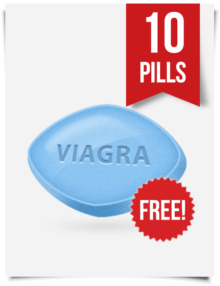 Free Viagra Samples 10 x 100mg
Free Viagra Samples 10 x 100mg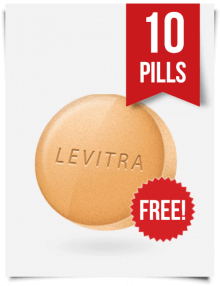 Free Levitra Samples 10 x 20mg
Free Levitra Samples 10 x 20mg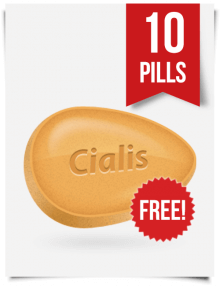 Free Cialis Samples 10 x 20mg Online
Free Cialis Samples 10 x 20mg Online